Are you at a loss thinking about what to wear to the next wedding ceremony you must attend? Worry not. In this article, we will tell you about some amazing Indian sarees that will not only make you look gorgeous but also feel proud of yourself.
Table of Contents
Benarasi Saree
Benarasi saree tops the list of amazing Indian sarees of all time. It is a dream of many Indian women to get married wearing a Benarasi saree.
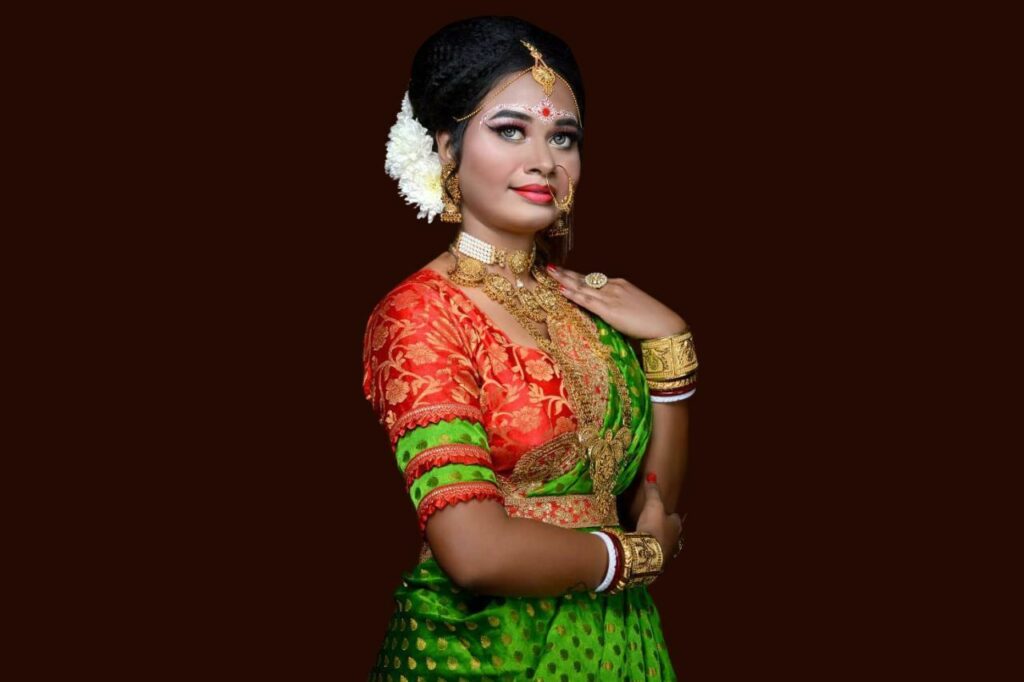
Benarasi saree is made from a fine variant of silk originating in the city of Varanasi in Uttar Pradesh. This saree is extremely popular in India and even across the globe.
Benarasi sarees are sometimes very heavy due to their rich embroidery which makes them ideal for parties, festivals, and weddings.
The Benarasi saree is divided into 5 categories based on the design: Tissue, Butidar, Cutwork, Tanchoi, and Jangal.
- Tissue sarees are intricately woven with a golden zari brocade to add a shine to the saree. The saree’s borders and pallu are patterned with paisleys with a tissue-like texture giving it its name Tissue Saree.
- Butidar sarees are spun with brocade threads of silver and gold. The design is inspired by the Mughal era.
- Cutwork sarees are the less expensive version of Jamdani sarees (We have covered Jamdani sarees in detail here). It is made by removing a few parts of fabric from the design and the remaining gap or hole is reinforced using embroidery.
- Tanchoi is one of the weaving procedures involving a single or double interlocking yarn and two to five colors on the weft that are often of the same shade on the base silk fabric.
- Jangal sarees are woven with colorful silk threads decorated with intricate patterns. The beautiful fabric with intricate designs and detailing makes this Benarasi saree ideal for weddings functions that can be found at online stores.
Chanderi Saree
Chanderi saree originated in the town of Chanderi in Ashok Nagar District of Madhya Pradesh. This saree rose to fame in the 11th century and was often worn by royalties.
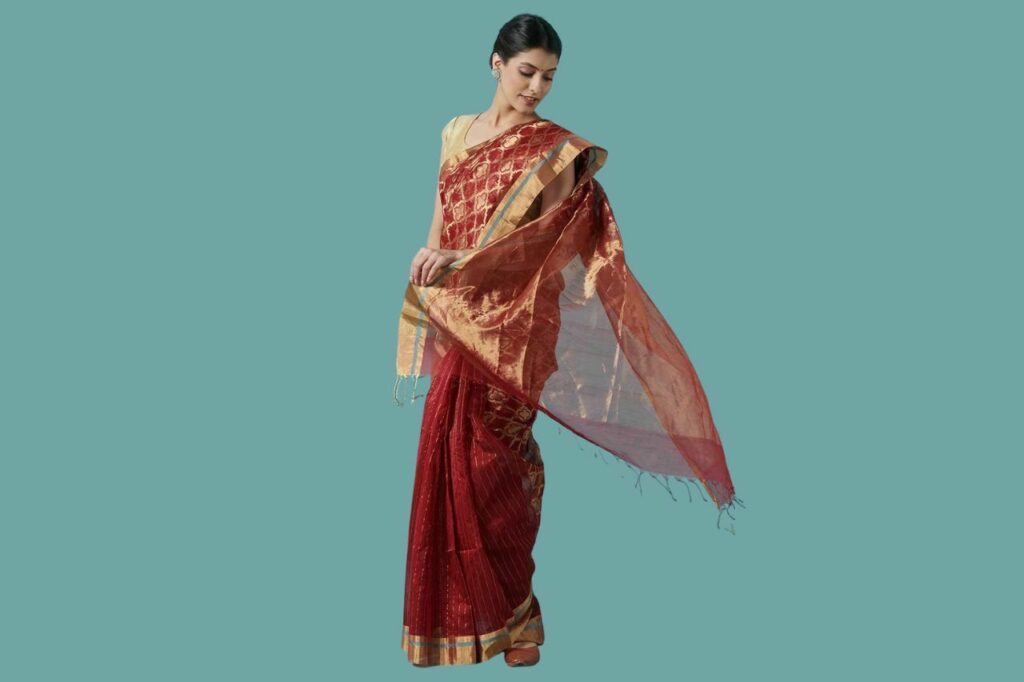
Originally, Chanderi material was spun with handwoven cotton that was as fine as 300 counts, making the material as famous as the Muslins of Dhaka.
Because of its transparency and the beautiful texture of the material, it is often referred to as ‘woven air’. Chanderi sarees are set apart by their lightweight and shiny texture. It has an elegant feel and is exceptionally comfortable, making these sarees well suited for summer.
Chanderi is famous for parties, formal wear, festivals, and weddings. The butis or designs are handwoven on the fabric and usually coated with copper, silver, or gold dust. The shiny texture sets an original Chanderi saree apart from the fake ones.
Phulkari Saree
Phulkari design is said to originate in Punjab. It is one of the traditions shared by both Indians and Pakistanis.
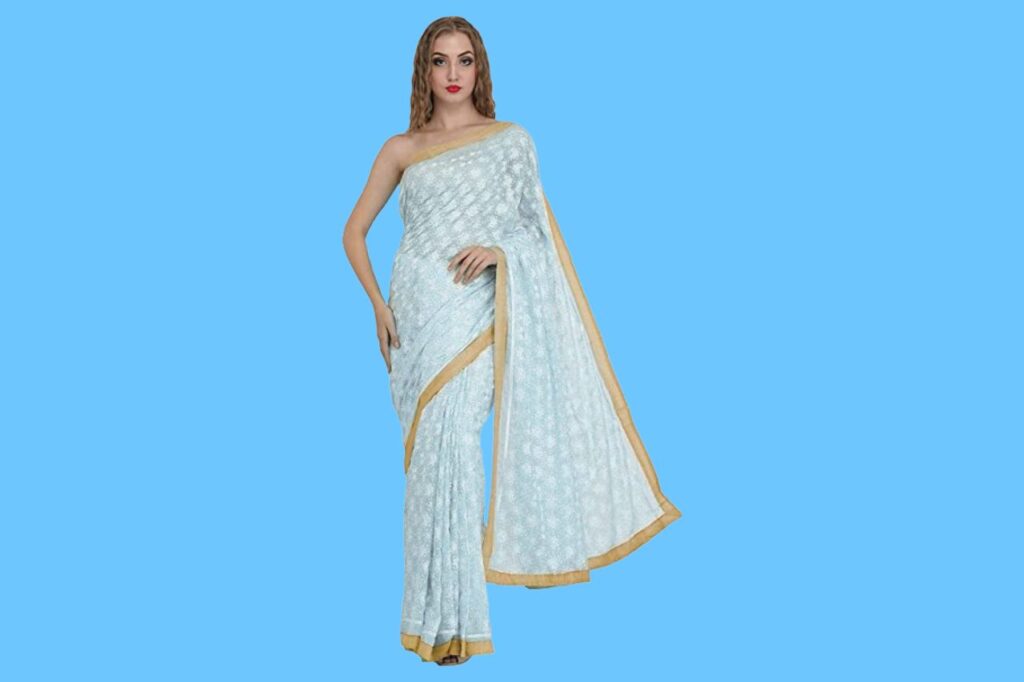
Phulkari stands for ‘Flower Craft’. Punjabi artisans, mostly women embroider floral patterns (phul) in geometrical designs over thick fabrics, using floss silk threads.
Phulkari can be broadly divided into two categories based on the designs – Bagh and Chope.
Bagh translates to ‘garden of flowers’, and the term describes the flowered Phulkari that is so profound that the fabric base is no longer visible, and the design and the embroidery becomes the fabric itself making it beautiful especially during sangeet ceremonies.
The embroidery when only present on the borders, is known as Chope. Chope is embroidered with one colour (Golden or yellowish golden mostly), unlike Phulkari and Bagh where a variety of colours are used.
Pochampally Ikkat Saree
Pochampally Ikkat originated in Bhoodan Pochampally, a town in Andhra Pradesh. Dubbed as the “Silk City of India”, the town is known for giving the world a material that can rival any other Ikkat production in the country.
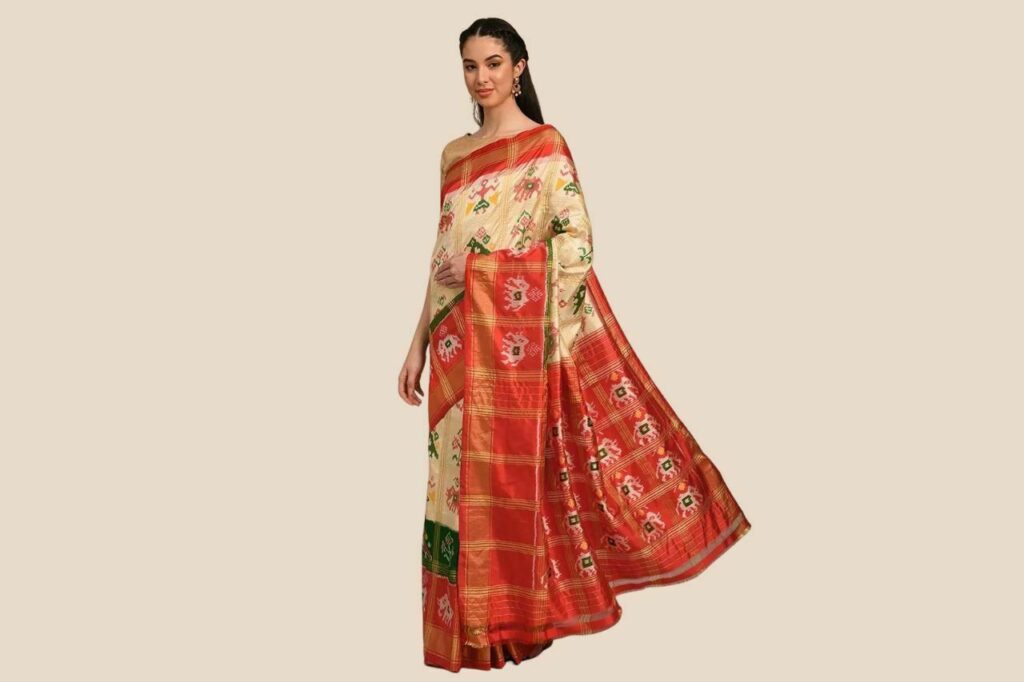
Pochampally Ikkat Silk Sarees are extremely comfortable with a hint of elegance and grandeur that is customarily expected from silk fabric.
Generally, Ikkats are of two types: Single Ikkat and Double Ikkat.
In single ikkat, the warp is tied-dyed and spun with the weft, that is either not coloured or has only one colour. In case of double ikkat, both, warp and weft are tied-dyed and positioned in such a way that they complement each other well.
Optimally Ikkat uses Double ikkat. It gets their color from natural sources only. Pochampally Ikkat Sarees are popular for their geometric patterns on them. However, the modern approach towards designs includes a mix of elephants, parrots, dancing girls and flowers.
Kanjivaram Saree
This is one of my all-time favorites among the amazing Indian sarees.
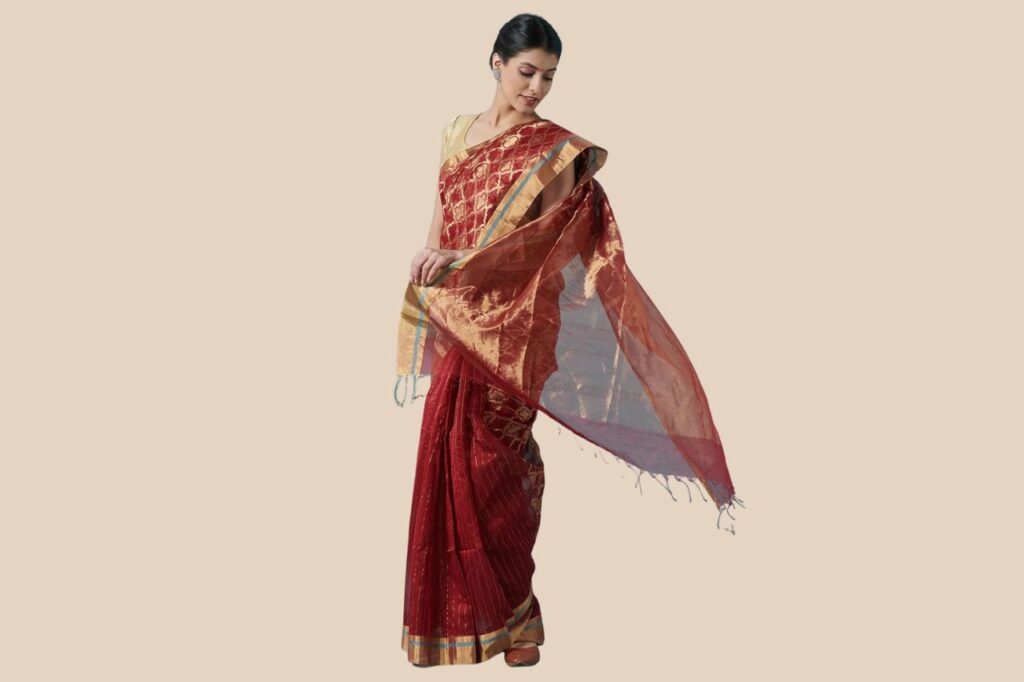
The Kanjivaram silk saree originates in the Kanchipuram region in Tamil Nadu, India.
Mulberry silk is used by master craftsmen in Kanchipuram to weave all those gorgeous silks. Genuine Kanjivaram sarees are very heavy – sometimes as heavy as 2 kilos, because the saree is woven thick yarn interlocked with real silver or gold.
Synthetic zari is also used a lot these days – which drops the weight as well as the cost. Most of them have cotton yarns or synthetic ones. These are pocket-friendly versions of Kanjivaram saree – yet extremely durable and strong.
The speciality of the saree lies in the texture and shine. The fabric used is the heavy kanjivaram silk and is also a bit expensive because of its texture and weight. The weight of the saree is one of the parameters that determine its quality. The heavier the saree the better it is.
So, which one of these amazing Indian sarees do you wish to wear to the next party or wedding ceremony you attend? Let us know in the comments below your views and choice.
If you like sarees, then you will also like are selection of Bengali sarees that will make you look good in any occassion.

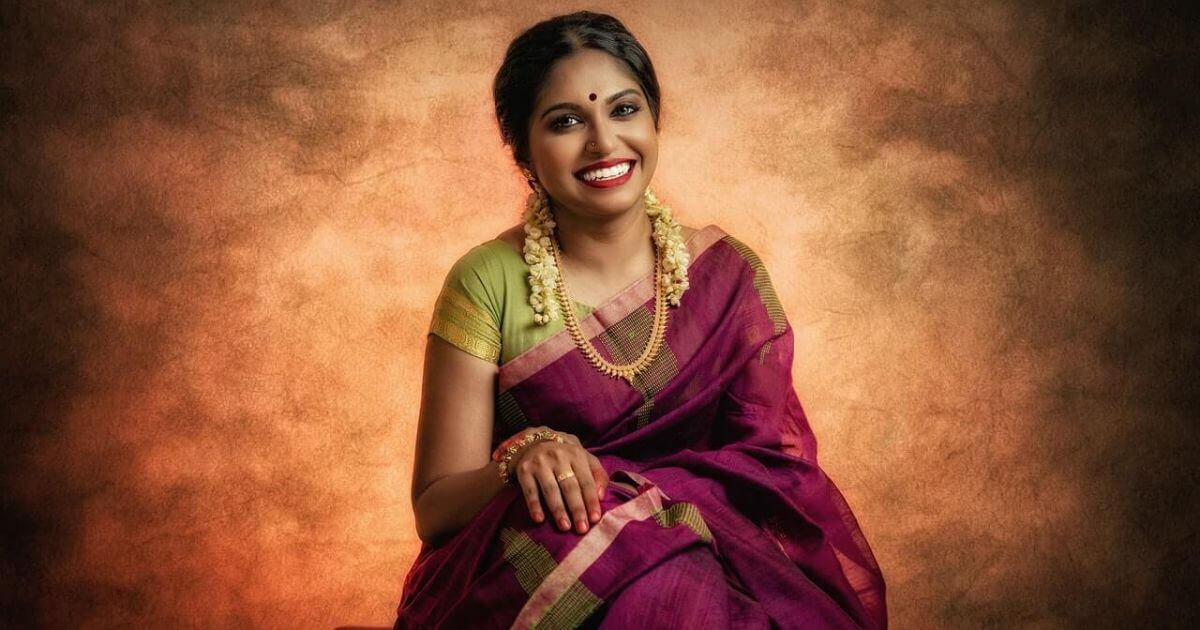






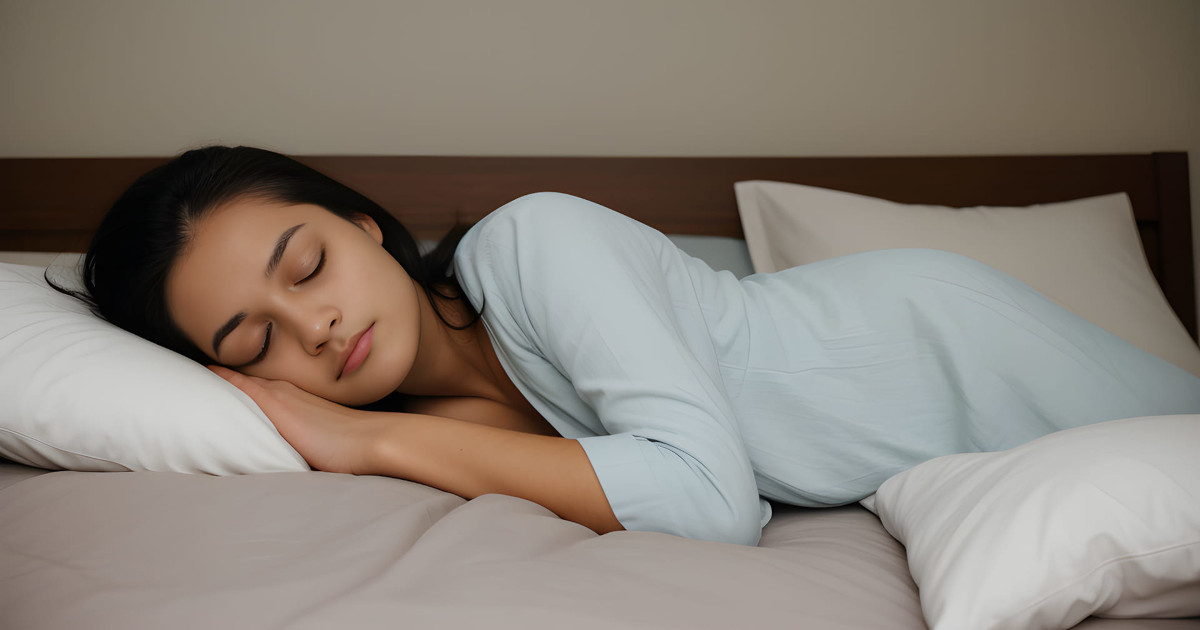
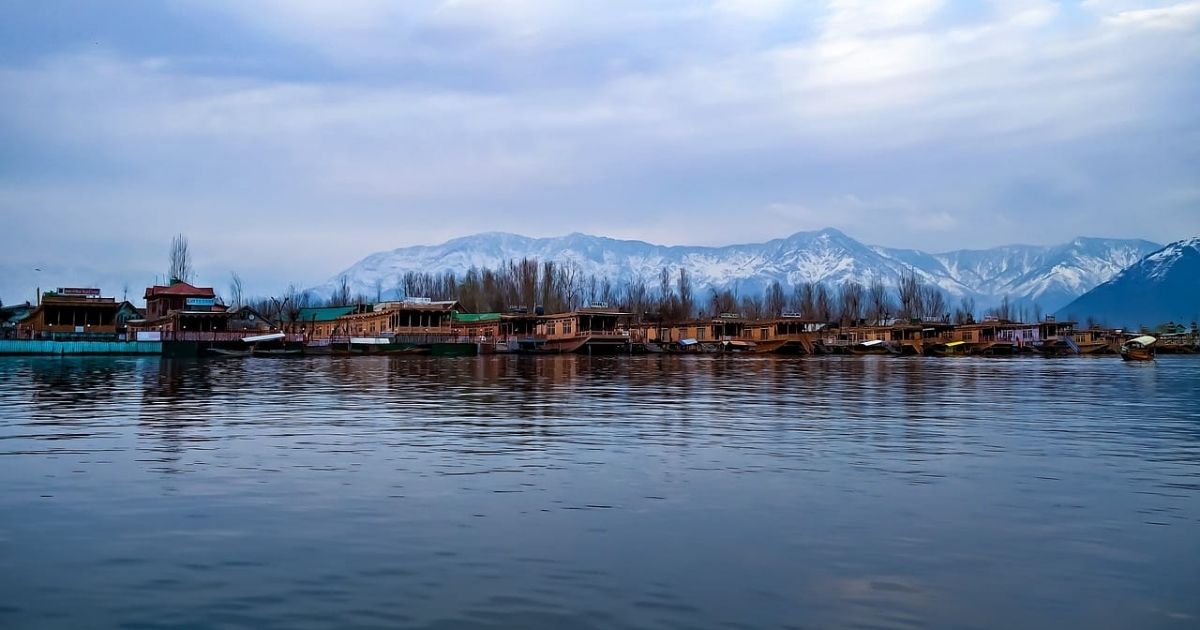
Leave a Reply